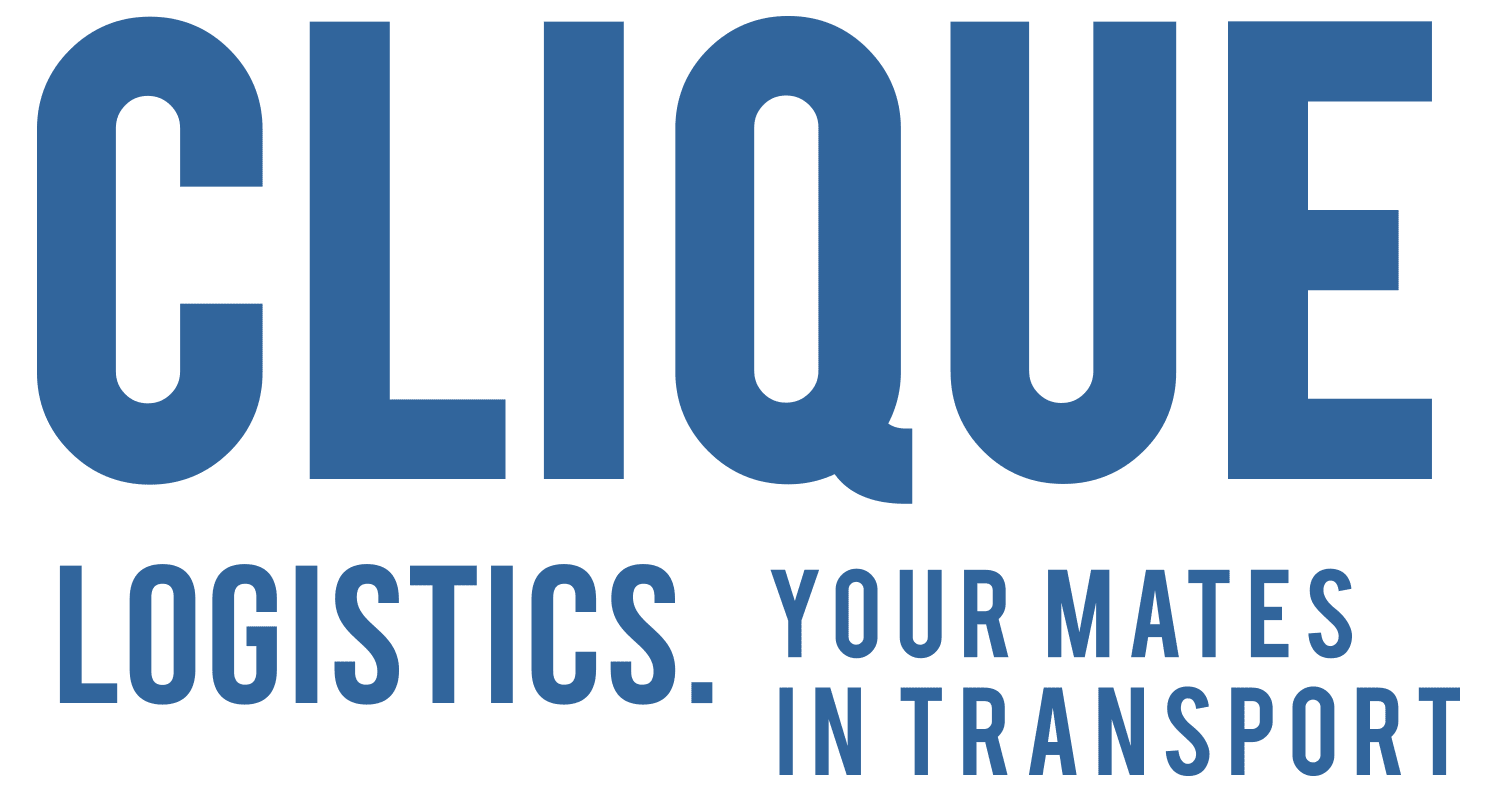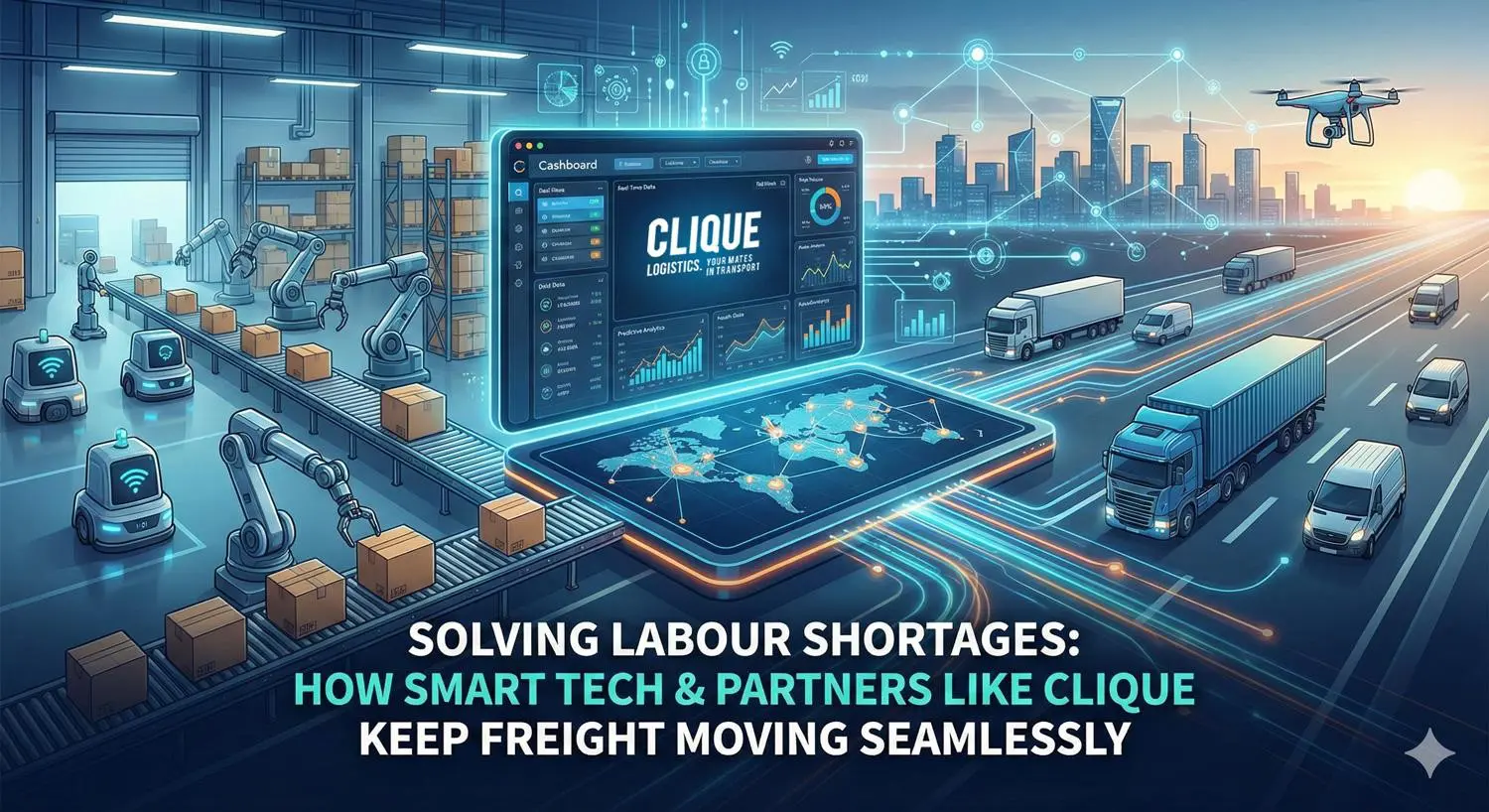An efficient B2B returns process is essential for maintaining strong relationships with customers and ensuring smooth operations. When managed poorly, returns can lead to increased costs, customer dissatisfaction, and lost business. To enhance the customer experience and streamline freight management, here are five key strategies to improve your B2B returns process:
Clear Return Policy
A clear and well-communicated return policy sets the right expectations for your customers and reduces confusion. Make sure your policy outlines the return window, conditions for returns, and the process for returning goods. Providing this information upfront helps to avoid misunderstandings, delays, and ultimately improves the overall customer experience.
Automate the Returns Process
Automating returns through an online portal or integrated software reduces the administrative burden and speeds up the process. Automation can handle return requests, issue return labels, and even process refunds, ensuring faster resolutions with minimal manual intervention. A streamlined returns process enhances the customer experience by offering a quicker, more efficient solution, which in turn boosts satisfaction.
Simplify the Documentation
B2B returns often require paperwork such as invoices, purchase orders, and product condition reports. Simplifying these requirements can speed up the returns process. Offering easy-to-complete templates or forms for customers reduces errors, improves turnaround time, and ultimately contributes to a smoother customer experience. This can also ease the strain on freight management teams by reducing the need for back-and-forth communication.
Offer Multiple Return Options
Providing flexibility in how customers can return goods can enhance their overall experience. Whether it’s offering drop-off locations, return shipping labels, or third-party return services, allowing customers to choose their preferred return method can make the process more convenient and efficient. Flexible return options also allow for more effective freight management, ensuring quicker returns and a smoother flow of inventory.
Analyse and Adjust Based on Feedback
Continuously review your returns process by gathering feedback from both customers and your internal teams. Identify recurring issues or bottlenecks, especially in the areas of customer experience and freight management, and adjust your procedures accordingly. Data-driven improvements can help reduce future returns and optimise your overall process, ensuring a better experience for your customers and more efficient logistics.
By streamlining your B2B returns process with these strategies, you’ll not only improve the customer experience but also optimise your freight management and reduce operational costs, ultimately enhancing your bottom line.




